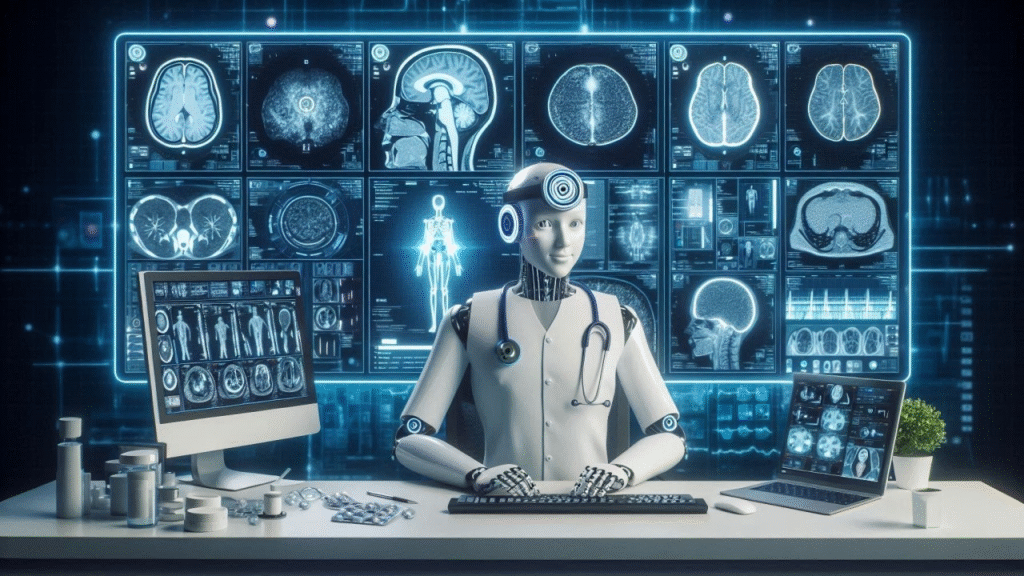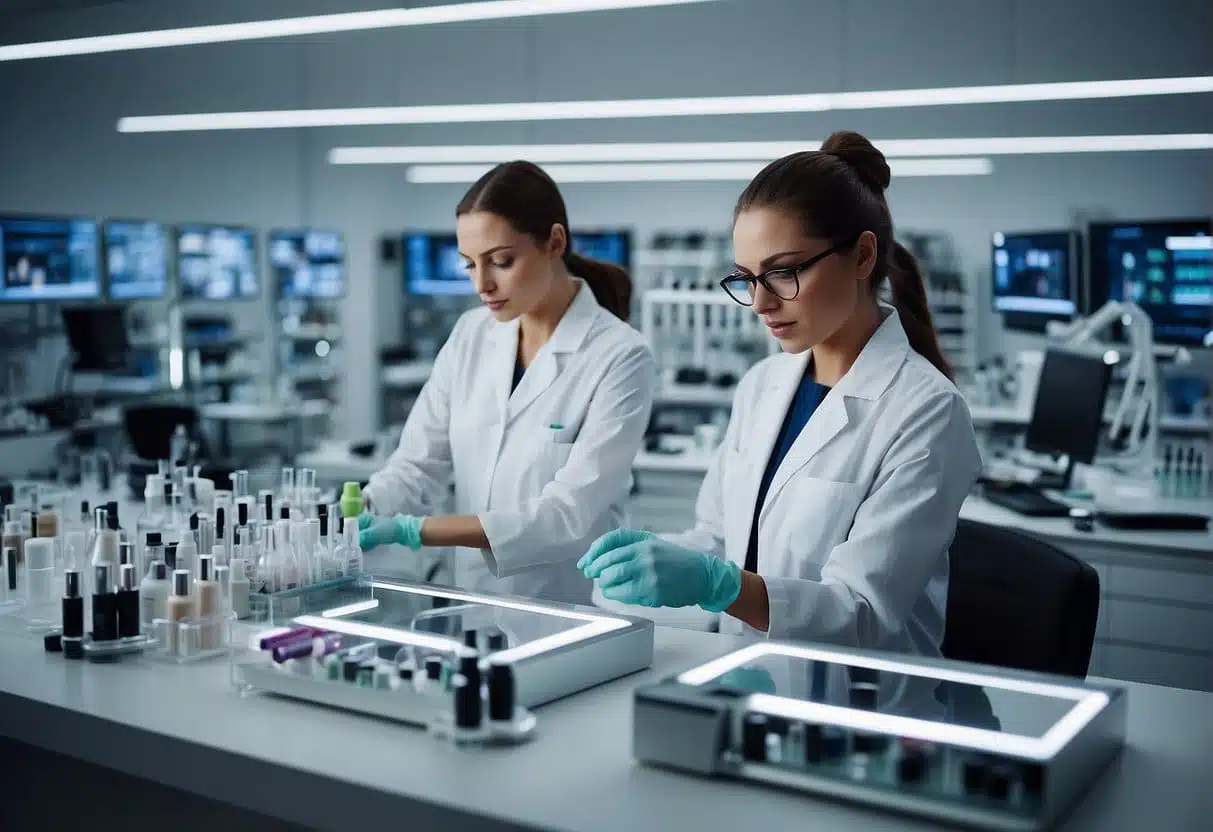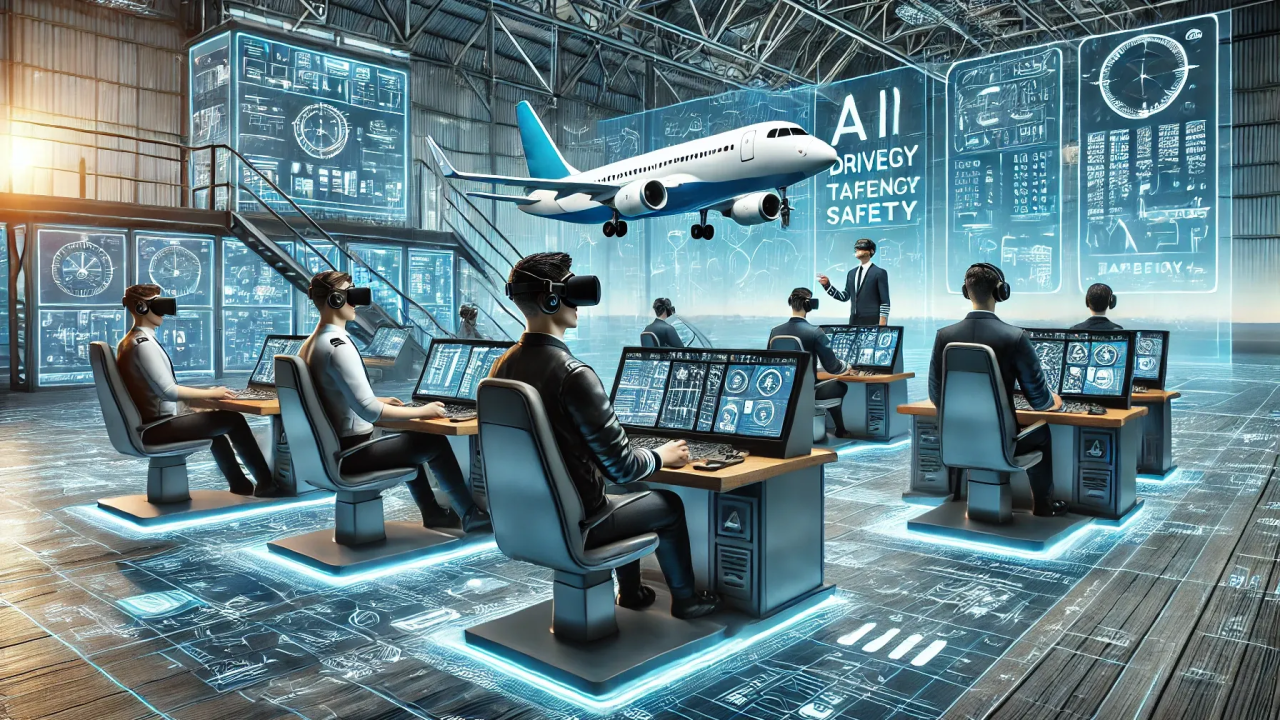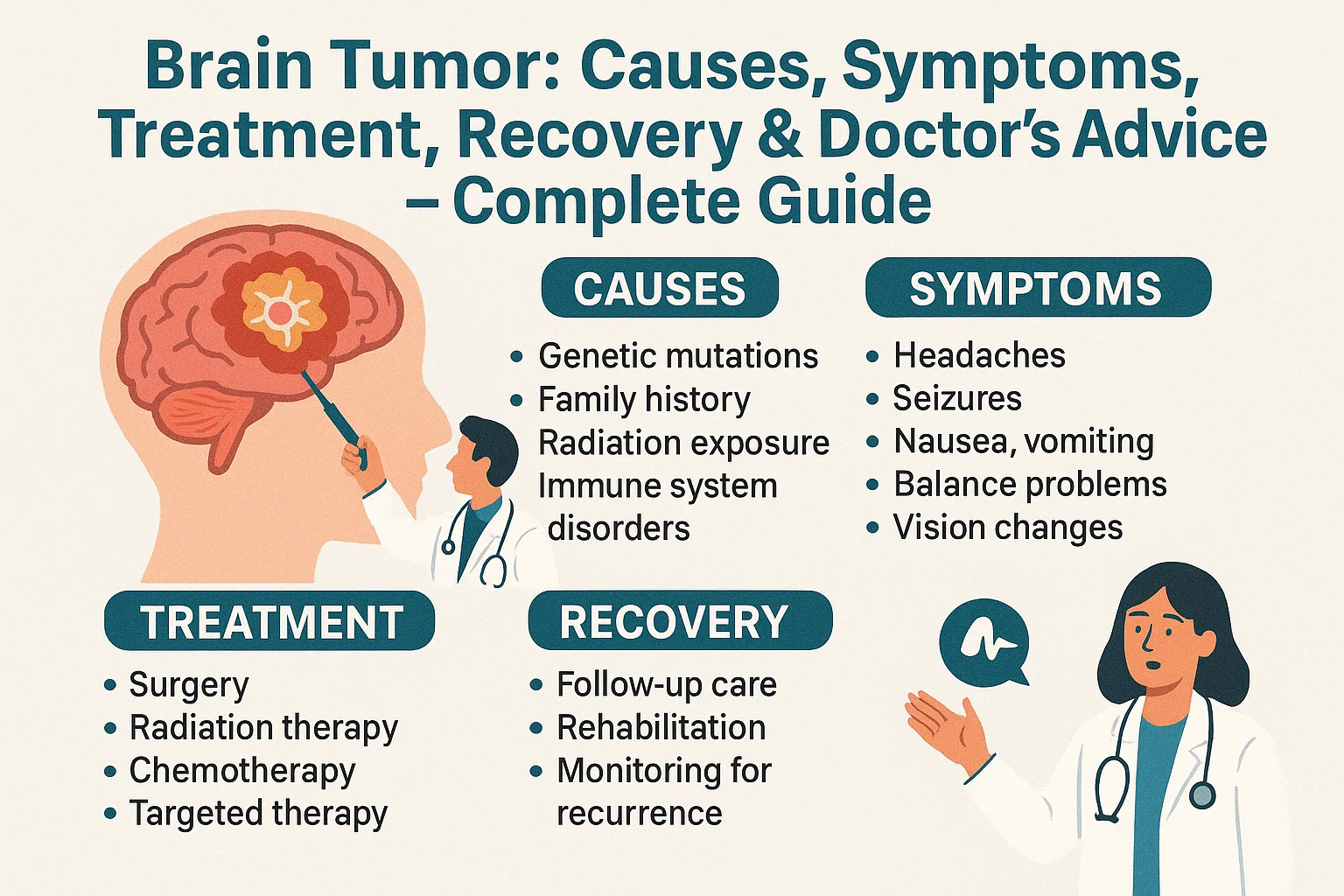
Artificial Intelligence (AI) is changing healthcare faster than any other technology. One of the biggest shifts is happening in X-ray and CT scan imaging. AI algorithms now assist radiologists, improve diagnosis accuracy, save time, and enhance patient care. This article covers everything you need to know about AI in X-ray and CT scans: how it works, its benefits, comparisons of AI tools, and answers to common questions. If you are a healthcare professional, patient, or student looking to understand the future of medical imaging, this guide is for you.
What Is AI in Medical Imaging?
Artificial intelligence in medical imaging uses machine learning models and deep learning algorithms to analyze medical images like X-rays and CT scans. Instead of relying only on the human eye, AI systems detect patterns, highlight potential issues, and even predict risks.
Key applications of AI in medical imaging:
- Automated detection of diseases (e.g., pneumonia, cancer, fractures)
- Image segmentation and reconstruction
- Reducing image noise for better clarity
- Faster reporting with AI-assisted diagnosis

Why AI in X-Ray and CT Scan Matters
1. Accuracy: AI reduces human errors by detecting patterns invisible to the human eye.
2. Speed: AI tools analyze scans in seconds, cutting waiting times for patients.
3. Support for Technicians and Radiologists: It automates routine tasks, allowing professionals to focus on complex cases.
4. Better Outcomes: Early and accurate detection leads to better treatment and faster recovery.
How AI Works in X-Ray and CT Scan
AI models are trained using millions of medical images. These systems learn to differentiate between normal and abnormal scans.
Workflow:
- Image Acquisition – X-rays or CT scans are performed.
- Data Input—The images are uploaded to an AI platform.
- Processing—AI algorithms analyze images and mark areas of concern.
- Output—The system generates a report or highlights for the radiologist.

Pros of Using AI in Medical Imaging
| Pros | Impact |
|---|---|
| Higher Accuracy | Detects patterns beyond human vision |
| Faster Diagnosis | Results in seconds instead of hours |
| Reduced Workload | Automates repetitive analysis |
| Early Disease Detection | Better outcomes for patients |
| Cost Savings | Efficient workflows reduce costs |
Comparisons: Best AI Models for X-Ray and CT Scan
AI models vary in performance and are often integrated into hospital PACS (Picture Archiving and Communication Systems). Below are some notable AI-powered imaging tools:
| AI Tool/Model | Specialty | Best For |
| Aidoc | CT Scan | Emergency triage and stroke detection |
| Zebra Medical Vision | X-ray, CT | Population health and chronic conditions |
| Lunit INSIGHT | X-ray | Chest diseases (TB, pneumonia, nodules) |
| Qure.ai | X-ray, CT | Quick detection in low-resource settings |
| Infervision | CT Scan | Lung cancer screening |
Best Choice Based on Use:
- Hospitals handling emergencies: Aidoc
- Public health and large datasets: Zebra Medical Vision
- Chest and lung diagnosis: Lunit INSIGHT
- Low-resource areas: Qure.ai
- Cancer screening: Infervision
How AI Benefits Patients Directly
- Faster Reports: Less waiting for results.
- Early Diagnosis: Higher survival rates for conditions like cancer.
- Lower Costs: Efficient workflows reduce unnecessary tests.
- Personalized Treatment: AI assists in creating specific treatment plans.
How AI Benefits Technicians and Radiologists
- Reduced Burnout: AI automates repetitive image reading.
- Higher Focus: Professionals can focus on complex cases.
- Decision Support: AI gives a second opinion.
- Better Workflow: Streamlined operations in imaging centers.
Challenges of AI in X-Ray and CT Scan
- Data Privacy: Handling sensitive patient data securely.
- Bias in AI Models: Models trained on limited data may be biased.
- Cost of Implementation: AI tools require investment.
- Regulatory Approvals: Each tool needs clearance from medical authorities.
Future of AI in Medical Imaging
By 2030, experts predict:
- AI will be integrated into almost all radiology workflows.
- AI may assist in real-time image acquisition.
- Portable AI devices for remote diagnosis will be common.
AI will not replace radiologists but will be an essential partner.

Conclusion
AI in X-ray and CT scan imaging is a revolution in modern healthcare. From improving speed and accuracy to reducing workload, AI systems are making medical imaging smarter and more efficient. While challenges like cost and privacy remain, the future is promising.
For hospitals, technicians, and patients, AI-powered imaging means faster diagnoses, early interventions, and better care.
Key SEO Keywords:
- AI in medical imaging
- AI in X-ray
- AI in CT scan
- Best AI tools for radiology
- Artificial intelligence in healthcare
FAQs About AI in X-Ray and CT Scan
1. Will AI replace radiologists? No. AI is a support tool, not a replacement.
2. Is AI safe for medical imaging? Yes, when cleared by regulatory authorities, AI systems are safe and effective.
3. Are AI-based scans more expensive? Initially, yes. However, over time, they reduce overall costs.
4. Can AI detect all diseases? Not all. AI specializes in specific conditions depending on the model.
5. Which AI tool is best for chest X-rays? Lunit INSIGHT and Qure.ai are leading solutions for chest imaging.








